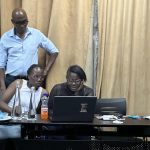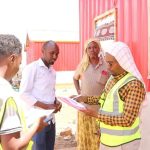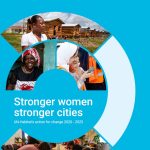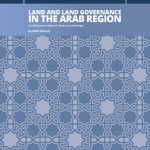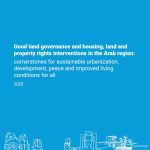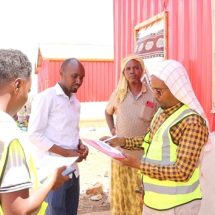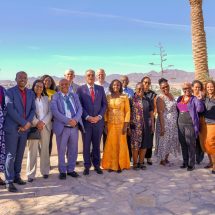March 31, 2015 – The Annual World Bank Conference on Land and Poverty has once again proven why it has been widely regarded as one of the premier international forums for highlighting new developments and challenges within the global land sector. This year’s conference marked the 16th edition of the archetypal Spring event, and followed the theme ‘Linking Land Tenure and Use for Shared Prosperity’. With hundreds of participants from government, civil society, academia, the international development community and the private sector, the recently concluded conference – held March 23rd – 27th – is believed to have injected some much-needed momentum into the global agenda of promoting land tenure security for poverty reduction and wealth creation.
The Global Land Tool Network (GLTN) was once again among the conference’s leading sponsors and partners. In an exhibition of its commitment to “Securing land and property rights for all”, the UN-Habitat Nairobi-based network journeyed to Washington DC geared with four pre-conference events – covering the work on Participatory and Inclusive Land Readjustment, Land Use Planning for Tenure Security, Global Land Indicators and Gender; side events on customary tenure, and the application of the Voluntary Guidelines in urban and peri-urban contexts; some twenty-five papers co-authored with GLTN partners and key international land and property experts; and nine master classes featuring pro-poor and gender-responsive land tools and approaches.
The theme of the conference – ‘Linking Land Tenure and Use for Shared Prosperity’ – emphasized the conceptual linkages between land tenure, land use and collective benefits for development, but also highlighted the importance of exploring practical means of bringing aspirations closer to associated realities. It is in this context that GLTN tools and approaches were warmly received by participants – this particularly in light of on-going efforts within the international land community towards formulating land targets and indicators for inclusion in the Post-2015 Development Agenda and the Sustainable Development Goals (SDGs).
The week-long event saw the keen engagement of GLTN partners and substantive officers in lively debates, dialogues and bilateral discussions covering more than twenty work streams. These included, but were not limited to women’s land rights, youth engagement, pro-poor land records, land value sharing, city extension and the Continuum of Land Rights. GLTN partners were also notably well-positioned within the conference proceedings, and are poised to contribute significantly to current and emerging global efforts at securing land and property rights for the urban and rural poor, women and other vulnerable groups.
As the international land community continues in its pursuit of proven best practices for bridging the gap between policy development and implementation, GLTN (through its global network of partners) continues to demonstrate its profound commitment to delivering solutions – land tools and approaches – that are pro-poor, gender-responsive and that take into consideration a Continuum of Land Rights.

